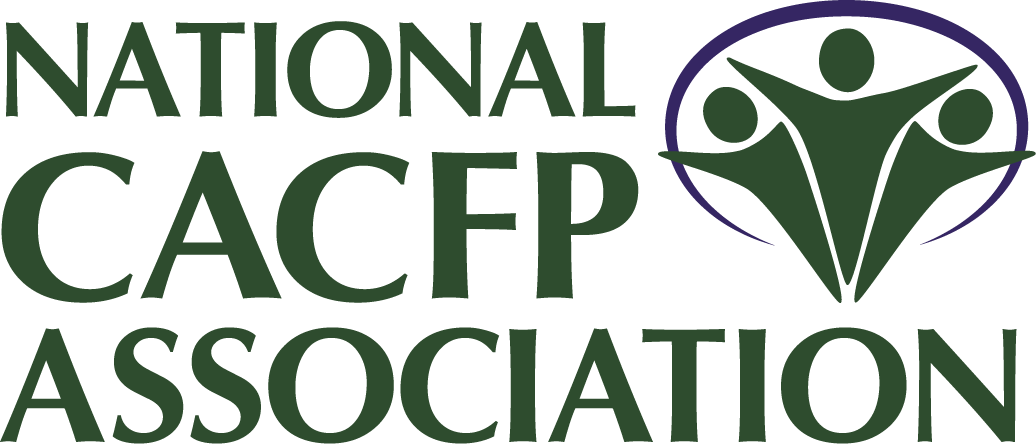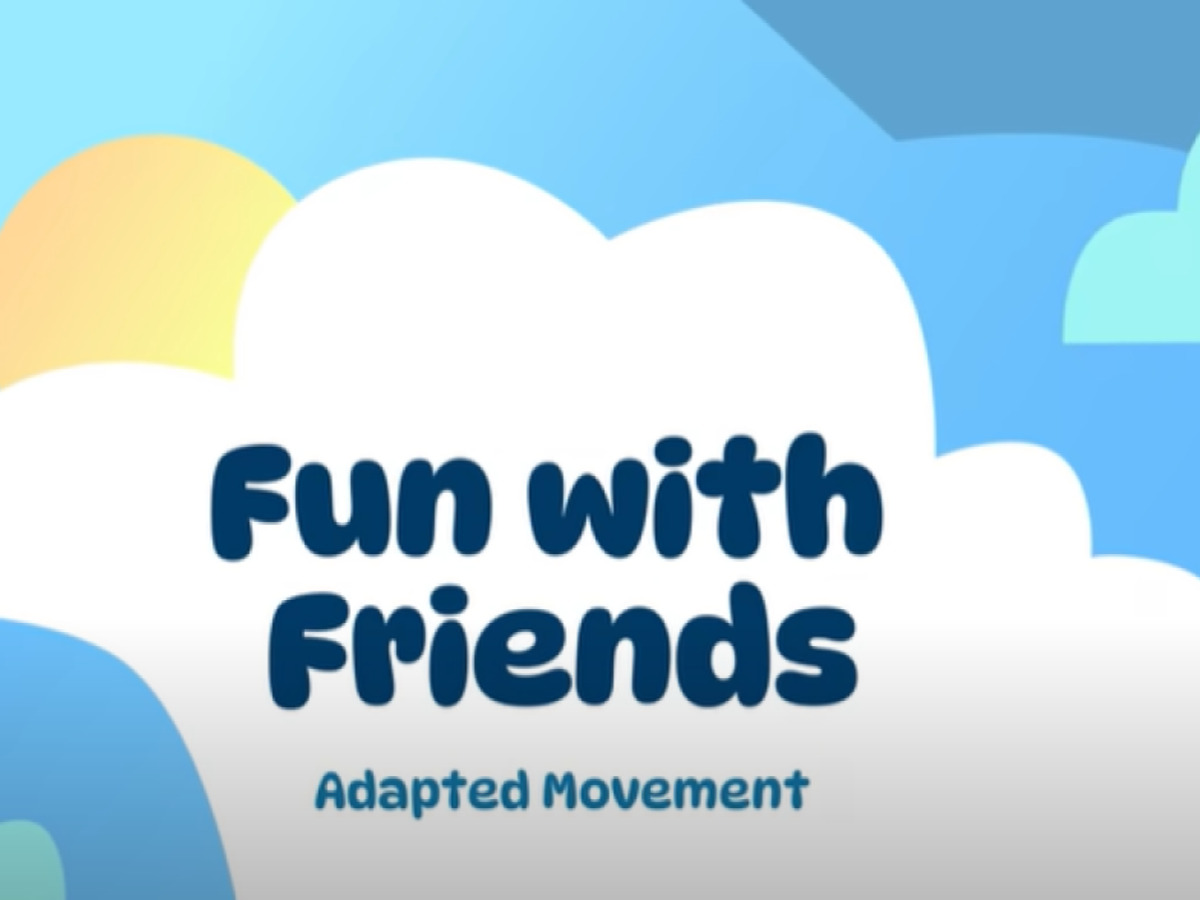Adapted Movement
Alliance for a Healthier Generation
January 3, 2025
In the United States, more than 25 percent of adults and more than 4 percent of children have been diagnosed with a disability. Disabilities can affect a person’s mobility, one or more of their senses, or their neurological development, so making spaces accessible can also take multiple forms. However, this shouldn’t keep people with disabilities from being involved in games and activities. Our partners at Alliance for a Healthier Generation have tips on how to adapt movements to ensure young people with and without disabilities can play together and experience the benefits of being active.
TREE
Use the acronym T.R.E.E. to help you adapt games to be more inclusive to everyone!
Teaching: How can you make sure that the rules are understood by everyone and include everyone?
Example: Say “move” rather than “walk” or “run”
Example: Using pictures to explain games
Rules: Think about how to make the rules fair for everyone.
Example: Changing the rules of basketball to be fair for wheelchair users
Equipment: How can you make sure that the equipment and tools need for the activity work for everyone?
Example: Using different size balls or putting floor spots down as a stand-in for a goal
Environment: Make sure there is always a quiet place for kids to take a break when they need to.
Example: Some kids get overwhelmed by loud noises, bright colors, a lot of talking
Watch Alliance for a Healthier Generations Video "Fun with Friends: Adapted Movement."

